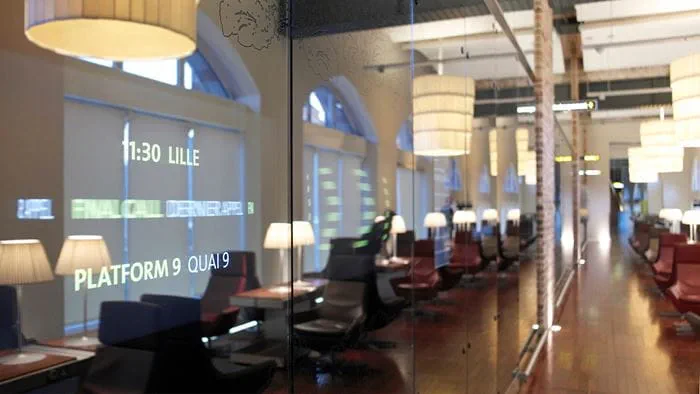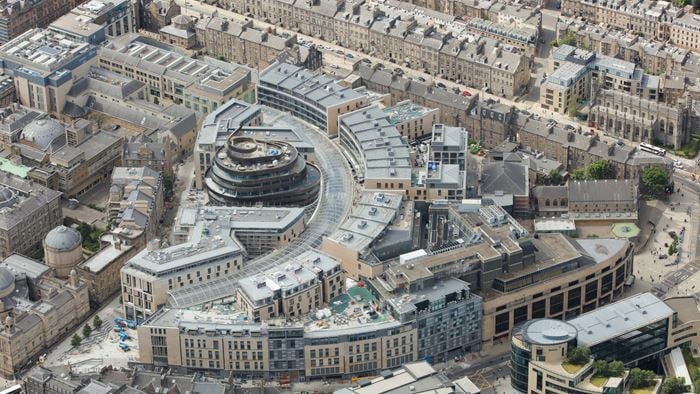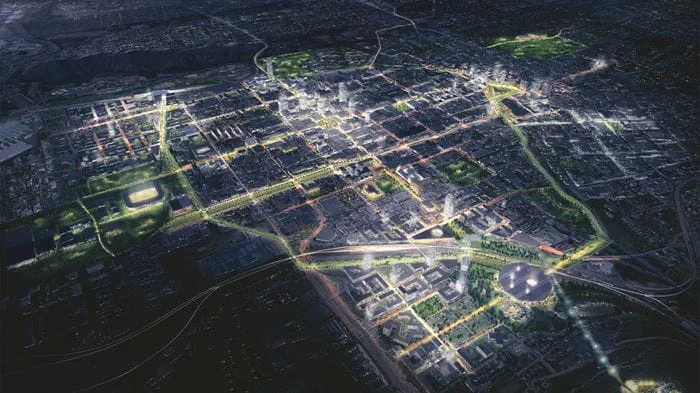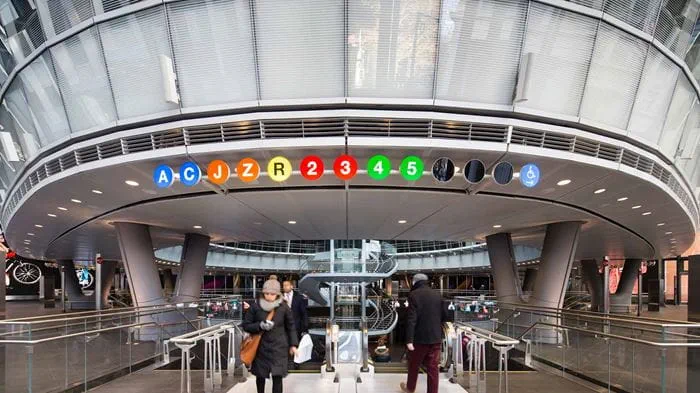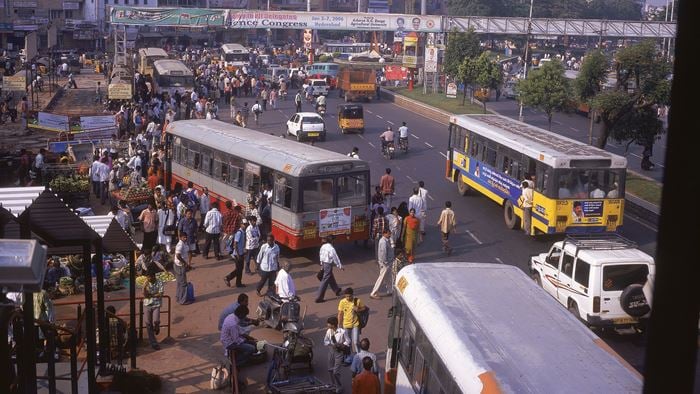The need for new rail lines in and around our capital cities is widely acknowledged. How these new transport links should be funded and who should pay for them is a much more difficult question.
Governments have multiple budget demands, hence limited capacity to fund new infrastructure, and ticket prices may not cover the capital costs of new lines in the short-term, be they metro services across our cities or higher-speed rail linking the eastern states.
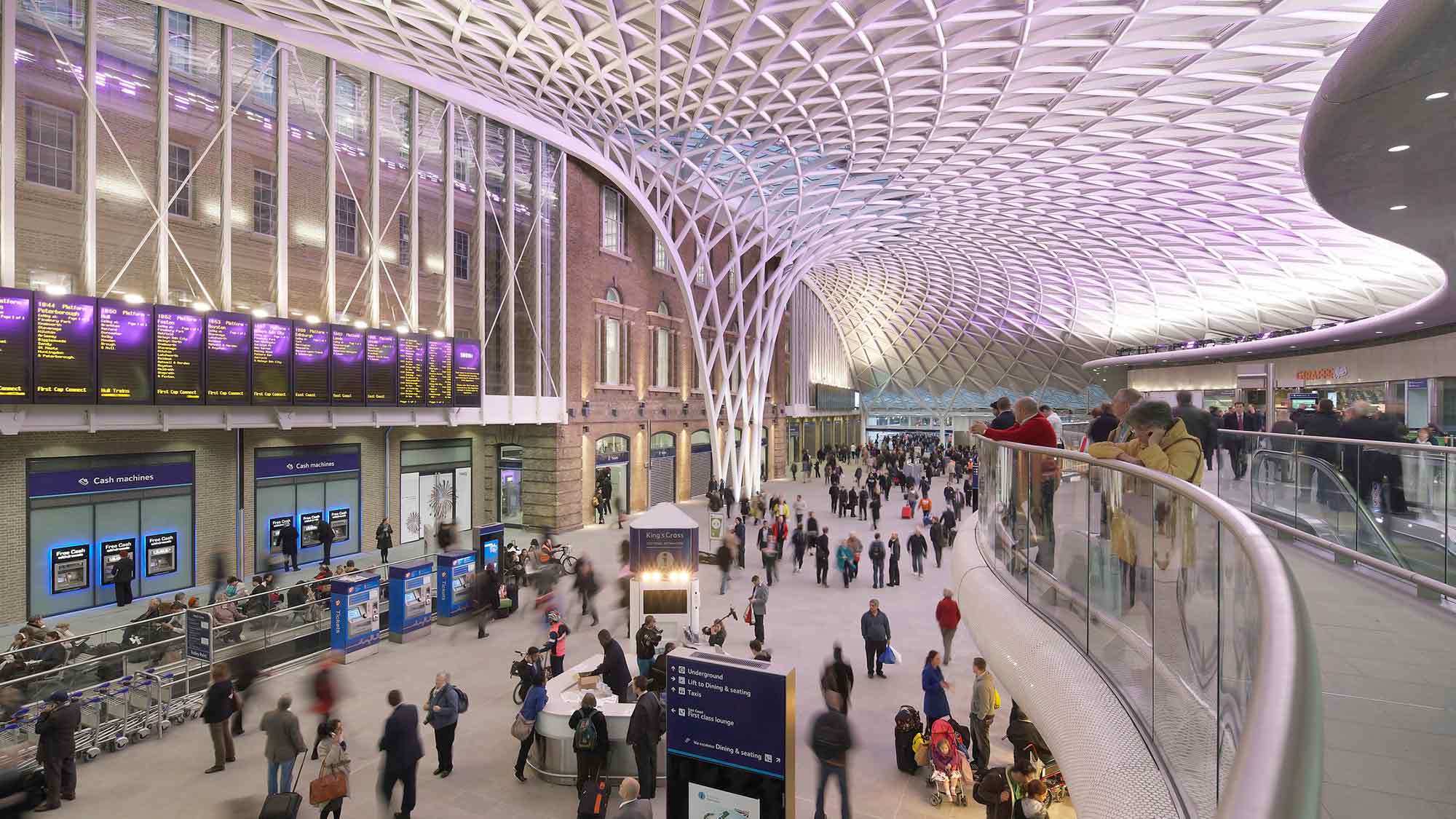
We need to consider new funding models which can reflect the value that different sections of the community gain from a new rail project.
Before anyone rushes down the path of commissioning a project and starting to consider financing options, careful analysis needs to establish that there is in fact a net value to the community.
“That comes back to the process of defining a project, investigating the options, doing a realistic cost-benefit analysis, and only when there’s clear evidence that there’s a net benefit do you start to figure out, ‘Okay, so how are we going to achieve that benefit and apportion the cost? ”
Dr Richard Sharp Principal
A new rail line and train station can create considerable value for the owners of nearby property. Homebuyers are prepared to pay more for houses with the convenience of a nearby railway station; commercial property also rises in value thanks to increased foot traffic and ease of access; and nearby land becomes ripe for higher density development.
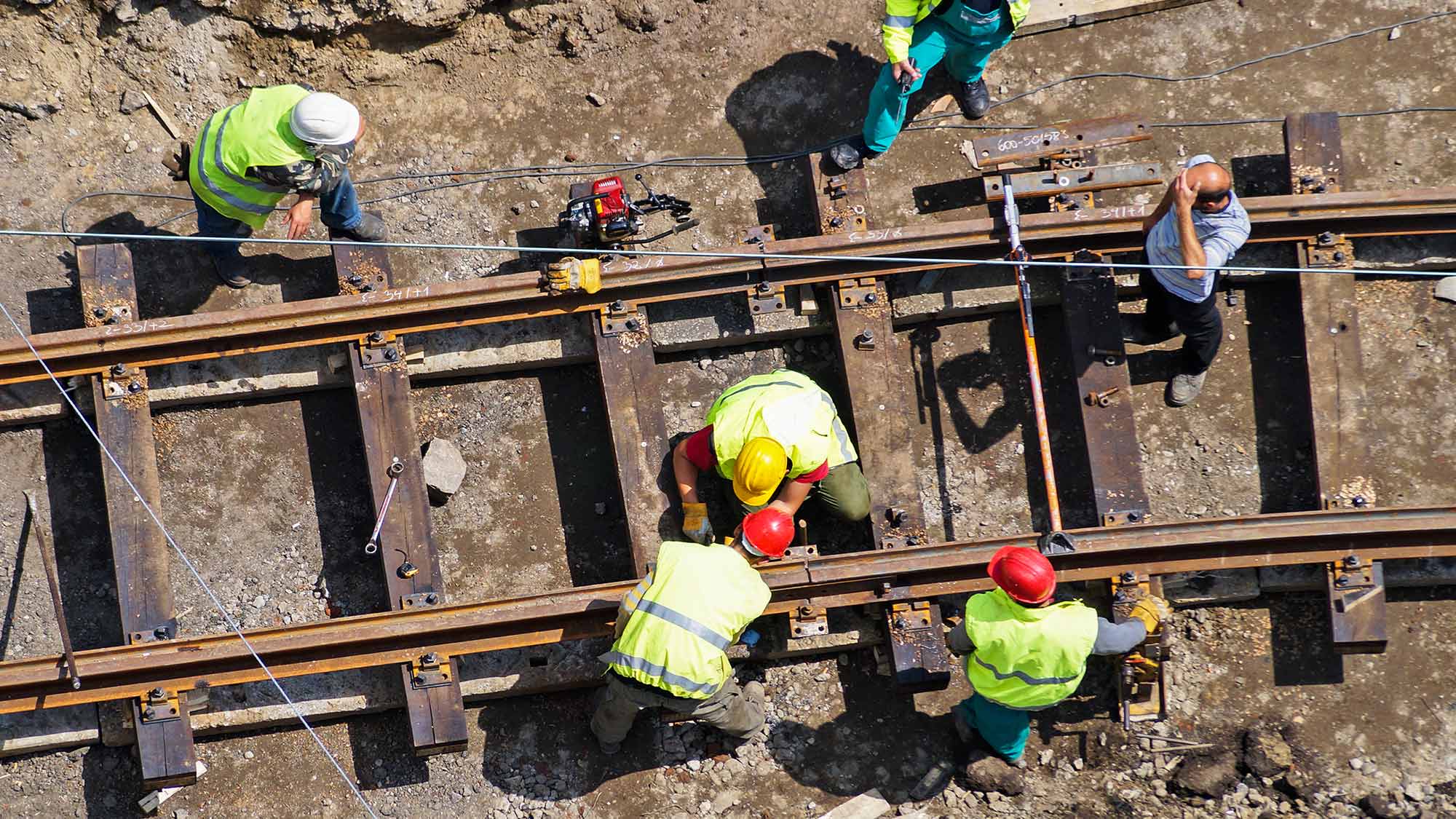
But the benefits are broader than just for the property owners. A new rail line increases economic productivity and taxation revenue in the corridor and commuters get the lifestyle benefit of lower travel times. There’s a whole lot of peripheral benefits and over a large corridor with a large population they can be quite significant.
“For instance, a higher-speed rail line between Sydney and Canberra would allow more people to work in Sydney but live out of the city, which would reduce or defer congestion costs in the city. ”
Dr Richard Sharp Principal
Once these sorts of questions have been answered then it will be clear if the benefits of a project outweigh the cost and the project should go ahead.
Then the second question can be answered: How are we going to do that in a way that achieves the expected benefits for the whole community, and who’s going to bear what proportion of the cost?
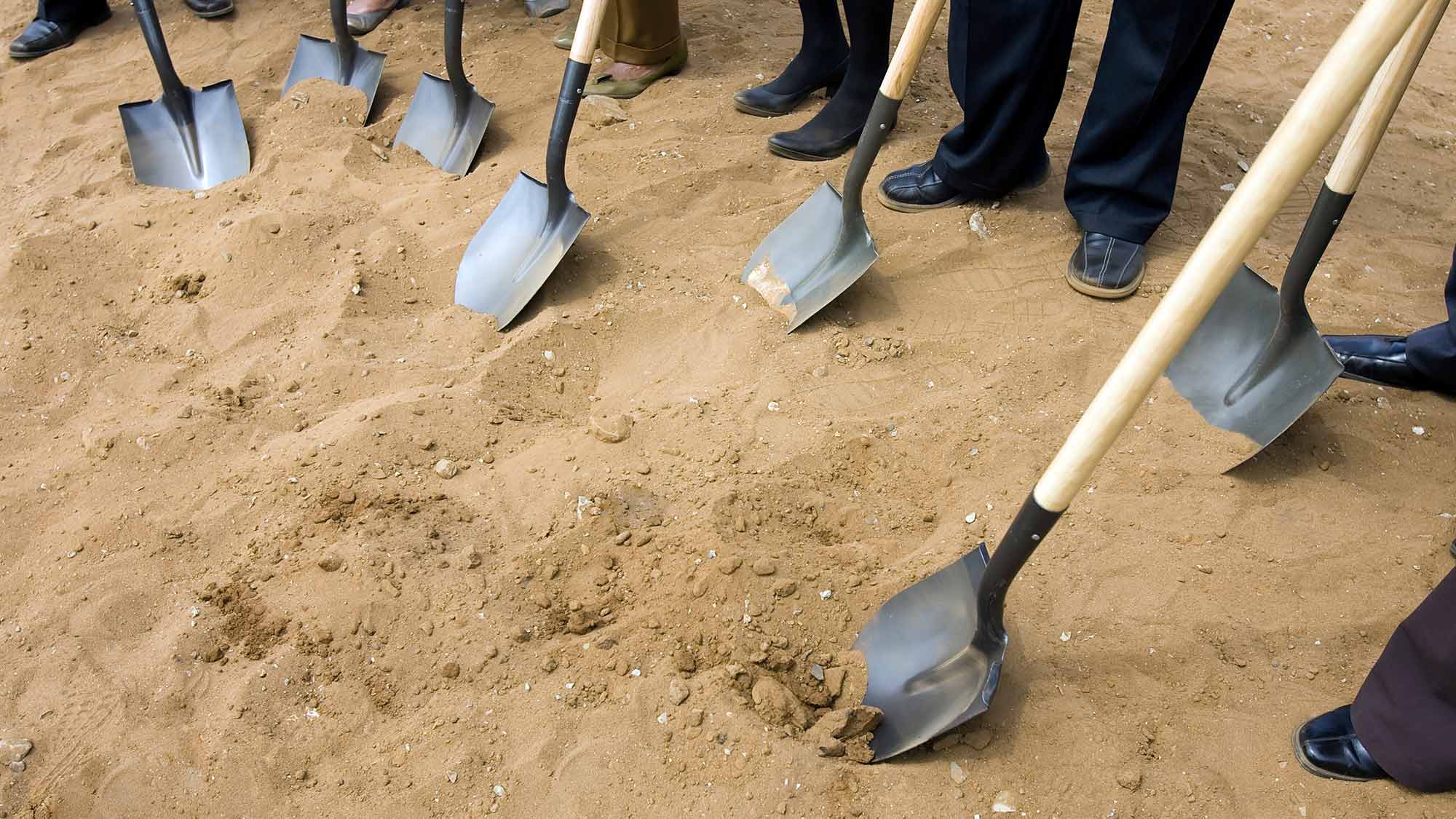
An acknowledgement that the benefits from new projects are shared by different parts of the community can give rise to more adventurous public private partnership models that can do a better job of identifying and apportioning that value.
Infrastructure then becomes an increasingly attractive option for long term investment from the private sector, such as pension and superannuation funds. Infrastructure bonds can also be considered as part of the financing model for expensive and long-term strategic infrastructure.
“As we develop more and more methods of identifying how we can make the most of the benefits around our new infrastructure, the PPP model is likely to become much more finessed and could also become more adventurous. ”
David Harding Former NSW and ACT Business Leader
There are a range of options. The federal government – which would benefit from increased tax revenue – could underwrite projects. State and federal governments will both benefit from faster rail lines to regional centres in NSW, such as Newcastle and Wollongong for instance, and unpicking those benefits to determine how much each should contribute to a project is important. Rail passengers would of course also contribute via ticket prices.
Land and property owners could contribute via a tax or a levy as the value of their properties rises. One of the particular challenges is minimising property speculation which seeks to capture value uplift. Part of the solution is the early identification and reservation of city and intercity corridors, so that benefits can be shared more widely by the community. This can be supplemented by appropriate development levies.

For instance, a residential tower on top of a railway station with easy access to the city would for many be a desirable place to live, particularly with the introduction of quiet, slimline metro trains. The sale of these apartments could help fund the station construction. Taking this broader view of potential benefits opens the way for developers to come to governments with their own proposals for infrastructure that would both benefit the community and attract funding.
These concepts are not new. In Victorian England developers would build a town on vacant land outside of a city, then use the proceeds from the house sales to fund the rail link to the town. The Canadian Pacific Railway, which was instrumental in the settlement and development of Western Canada was in part paid for by the construction of hotels along the route.
One of the difficulties in constructing a funding model is that many of the benefits from a large rail project can take several years to be fully realised, whereas the capital cost is immediate and up front.
In any PPP deal, it’s finding that balance between who takes the risk and who takes the reward, over what time is that reward gained, and therefore by which method is that finance bought to the market? Is it best coming from governments who have access to lower-cost capital, or is the private sector likely to provide that finance? It is probably a mixture of both based on the socio-economic factors in play.
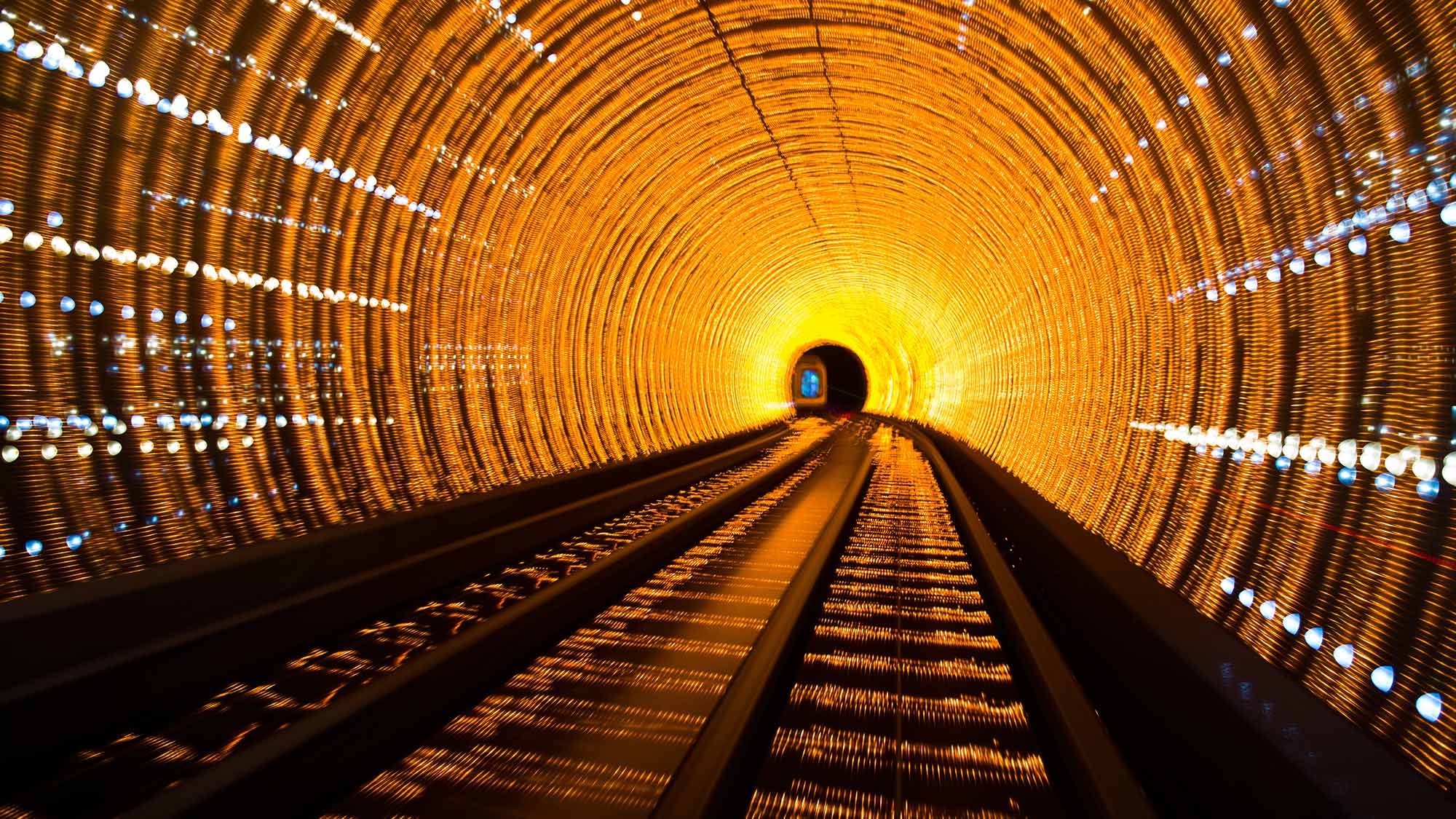 ;
;



